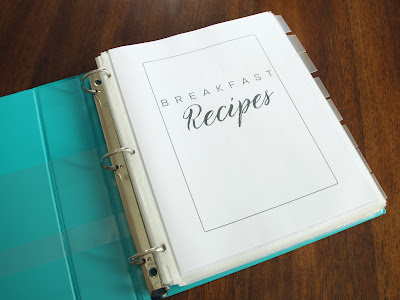Hello, crafty friends! 👋
If you’re like me, you probably have a few notebooks, planners, or journals floating around your desk, always in need of a little extra organization. Well, today I’m going to show you how to make a DIY notebook pen holder that’s perfect for storing your pens, bookmarks, and even a nail file! It’s simple, functional, and adds a bit of personality to your stationery setup. 🖊️📓
Whether you’re a bullet journaler, a planner enthusiast, or someone who loves to stay organized with cute and practical DIYs, this easy sewing project is perfect for you.
In today’s post, I’ll walk you through the steps to make your very own notebook holder, along with some fun customization ideas! And, as always, you can follow along with the full tutorial on my YouTube channel (see the video below).
Why I Made This Notebook Holder
Last year, I started using a bullet journal to help organize my thoughts, plans, and daily tasks. But something was always missing—a pen holder that I could keep with my notebook! I kept misplacing pens and bookmarks and needed a solution to keep everything together. So, I decided to make this cute notebook holder that would not only hold my pens but could also store bookmarks and even a nail file for a little personal touch. It’s simple, functional, and a perfect DIY project for anyone who loves to craft and stay organized!
Supplies You’ll Need for This DIY Notebook Pen Holder
Before we dive into the project, let’s gather our supplies. Here’s what you’ll need:
2 fabric pieces – 8.5" x 3" (for the front and back of the holder)
1 piece of interfacing – 8.5" x 3" (for the back piece)
1 fabric piece – 11" x 3" (for the pocket)
1 piece of interfacing – 11" x 3" (for the pocket)
Elastic – About 11" of 5/8" to 1" wide foldover or regular elastic (depending on your notebook size)
Coordinating thread
Fabric scissors, pins or clips, ruler, iron, and of course, a sewing machine
Instructions
Step 1: Cut Your Fabric and Interfacing
Start by cutting out your fabric and interfacing pieces. For the main holder, cut two 8.5" x 3" pieces for the front and back. For the pocket, cut one 11" x 3" piece of fabric and one piece of interfacing the same size.
Step 2: Apply the Interfacing
Apply the interfacing to the back piece and the pocket piece. This gives your notebook holder a bit more structure and durability.
Step 3: Fold the Pocket and Mark the Center
Now, fold the pocket piece in half, wrong sides together, and press the fold. Then, fold it in half again to find the center, and mark it with pins at both the top and bottom.
Step 4: Attach the Pocket to the Front
Pin the pocket to the front piece of the holder, aligning the bottom edges. Make sure the center of the pocket matches the center of the front piece.
Optional Step: To create a divided pocket for extra storage, sew a straight line down the center of the pocket. This is great for keeping pens and bookmarks separated!
Step 5: Add the Elastic
Cut a piece of elastic about 11" long (depending on your notebook size) and align it with the center of the pocket and front piece. Baste the elastic along the bottom of the pocket and the top of the front piece. Pin it out of the way for now.
Step 6: Sew the Holder Together
Pin the back piece to the front + pocket piece, right sides together. Sew around the edges, leaving a 3-4" opening to turn the holder right side out.
Step 7: Finish the Project
Clip the corners to reduce bulk, then carefully turn the holder right side out. Use a turning tool (or even a chopstick) to push out the corners. Give the edges a quick press with your iron (but don’t iron the elastic!). Finally, topstitch around the edge at 1/8" to secure everything in place.
One of the best things about this project is that you can personalize it however you like! Use fabric that matches your style or the theme of your planner or journal. You can also change the pocket size, add embroidery, or make it a little longer to hold more pens.
If you’re feeling adventurous, try adding a divided pocket by sewing a straight line down the middle, which will help you organize pens and bookmarks even better!
I hope you love making this DIY notebook pen holder as much as I did! It's the perfect project for beginners and anyone looking to add a little organization to their workspace. Let me know how yours turns out in the comments below—I can’t wait to see your creative versions! 😊
If you enjoyed this project, be sure to share it with your friends and subscribe to my blog and YouTube channel for more DIY tutorials. I’ve got plenty of fun and easy projects coming your way!
Watch the Full Video Tutorial
For a more detailed guide, check out my YouTube video where I walk you through each step of the process. Don’t forget to like and subscribe for more easy DIY tutorials!
Watch the full video tutorial here: https://youtu.be/PjdAQKjvEJw




.jpg)

.jpg)
.jpg)
.jpg)
.jpg)



.jpg)

.jpg)
.jpg)














